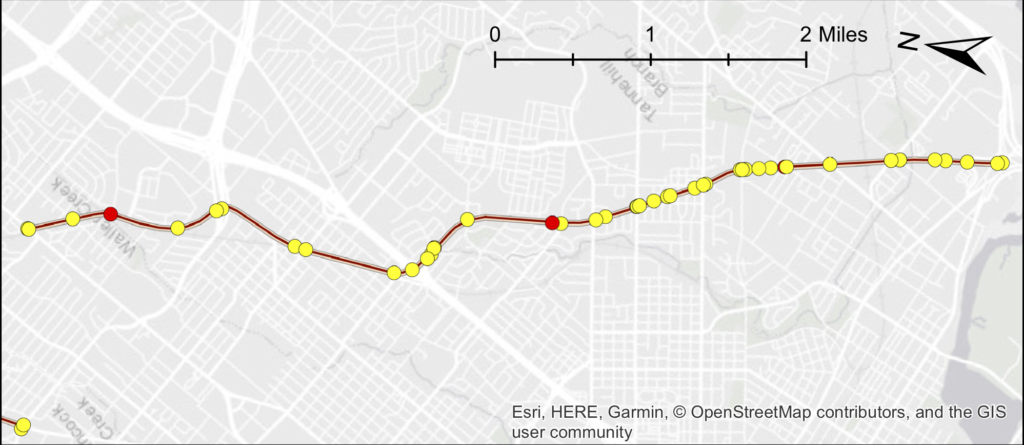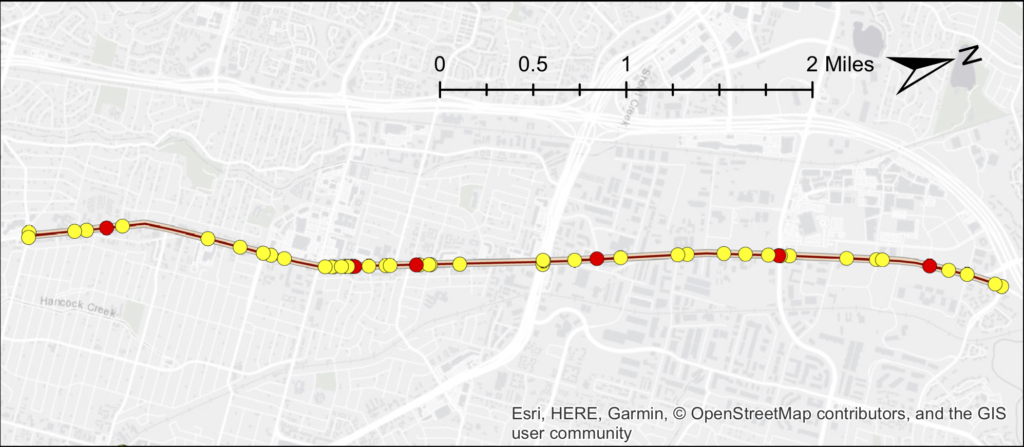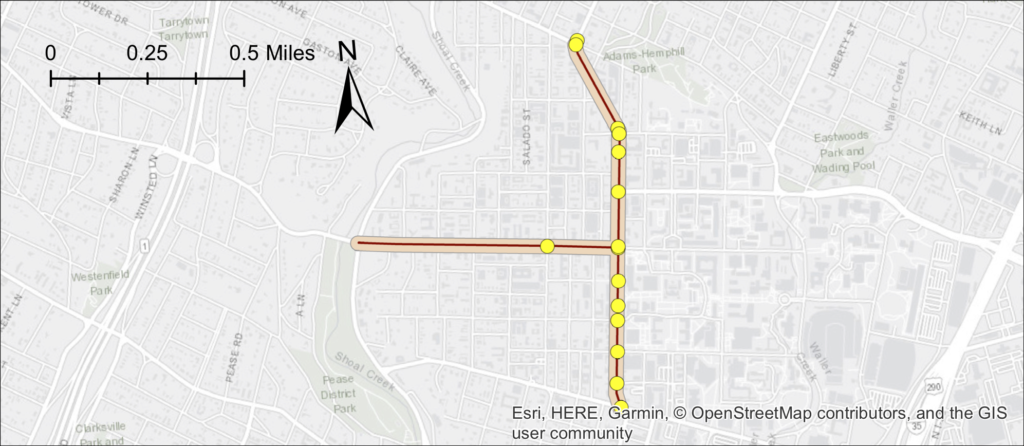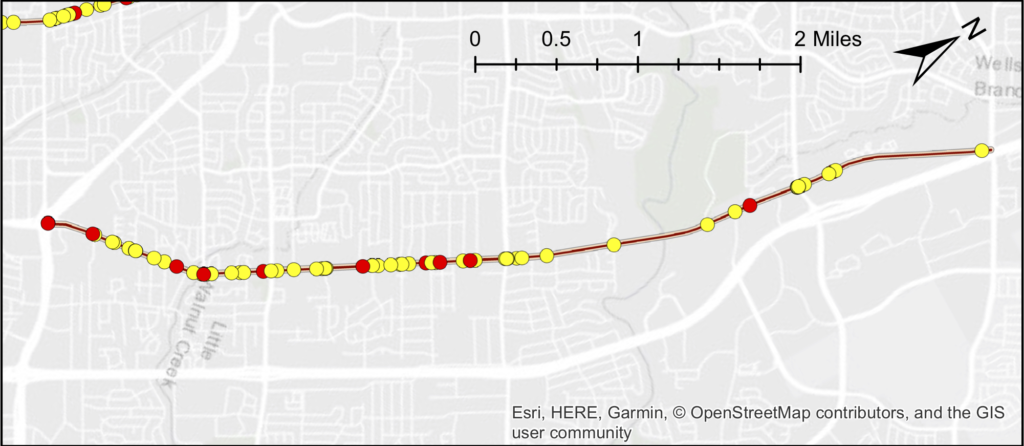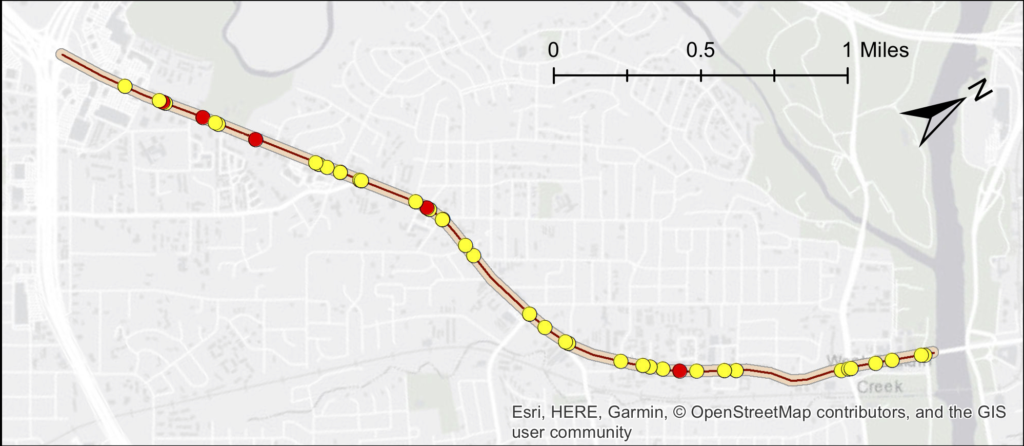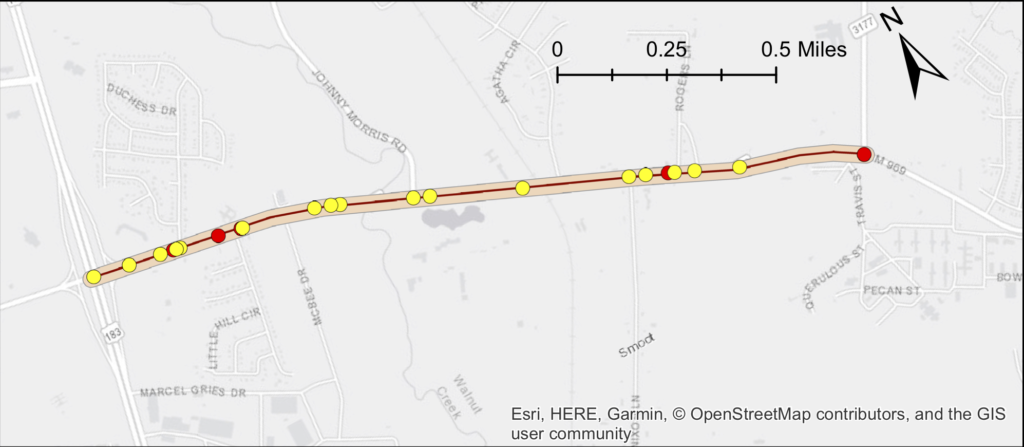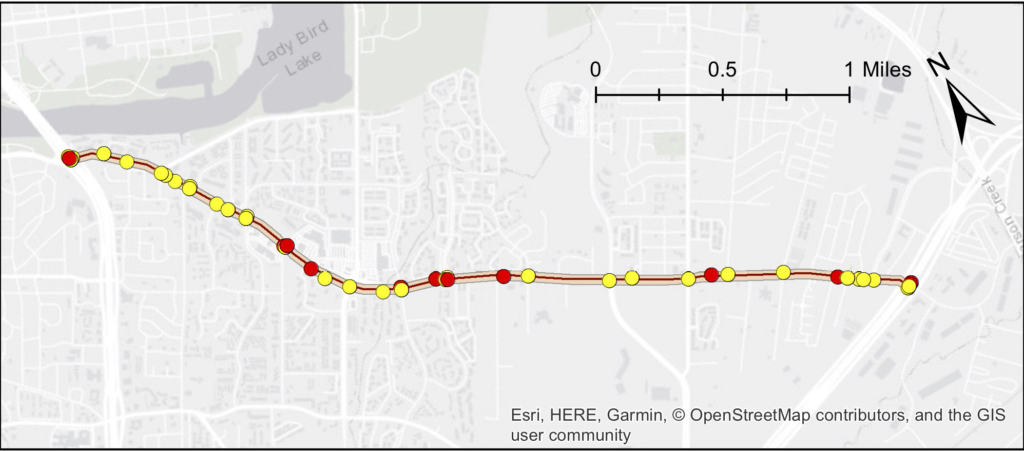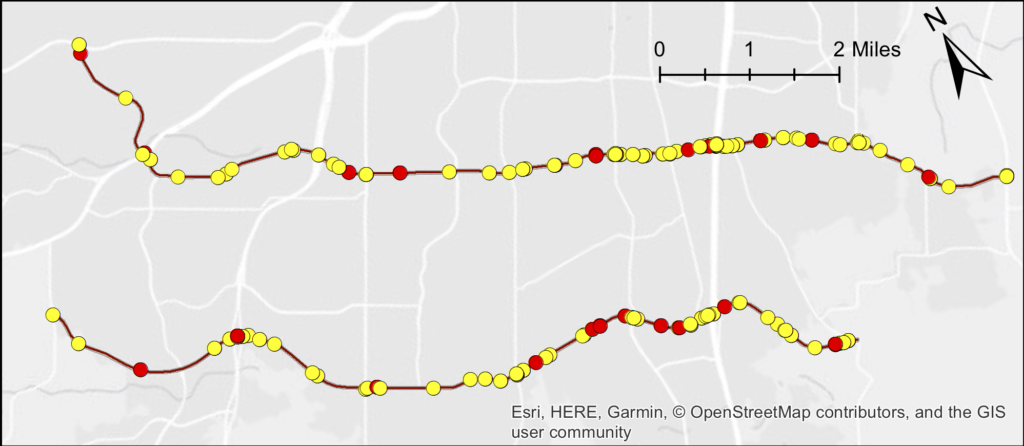The City of Austin is committed to ending its epidemic of traffic deaths and serious injuries by 2025. The Vision Zero Action Plan, adopted by city council in 2016, includes a detailed list of potential countermeasures to reduce traffic deaths. Various City of Austin departments, led by the Austin Transportation Department (ATD) have led the way in boldly demonstrating what can be accomplished towards road safety in Texas.
The $482m from the 2016 Mobility Bond available for nine Austin traffic corridors provides the City of Austin with the perfect opportunity to significantly invest in transportation with meaningful progress to zero transportation deaths.
Seventy-five people died in the city of Austin last year, 2017, from transportation, and 550 people suffered life-changing incapacitating injuries. Nine of those people died on the corridors included for funding in the 2016 bond, and 65 suffered life-changing incapacitating injuries there.
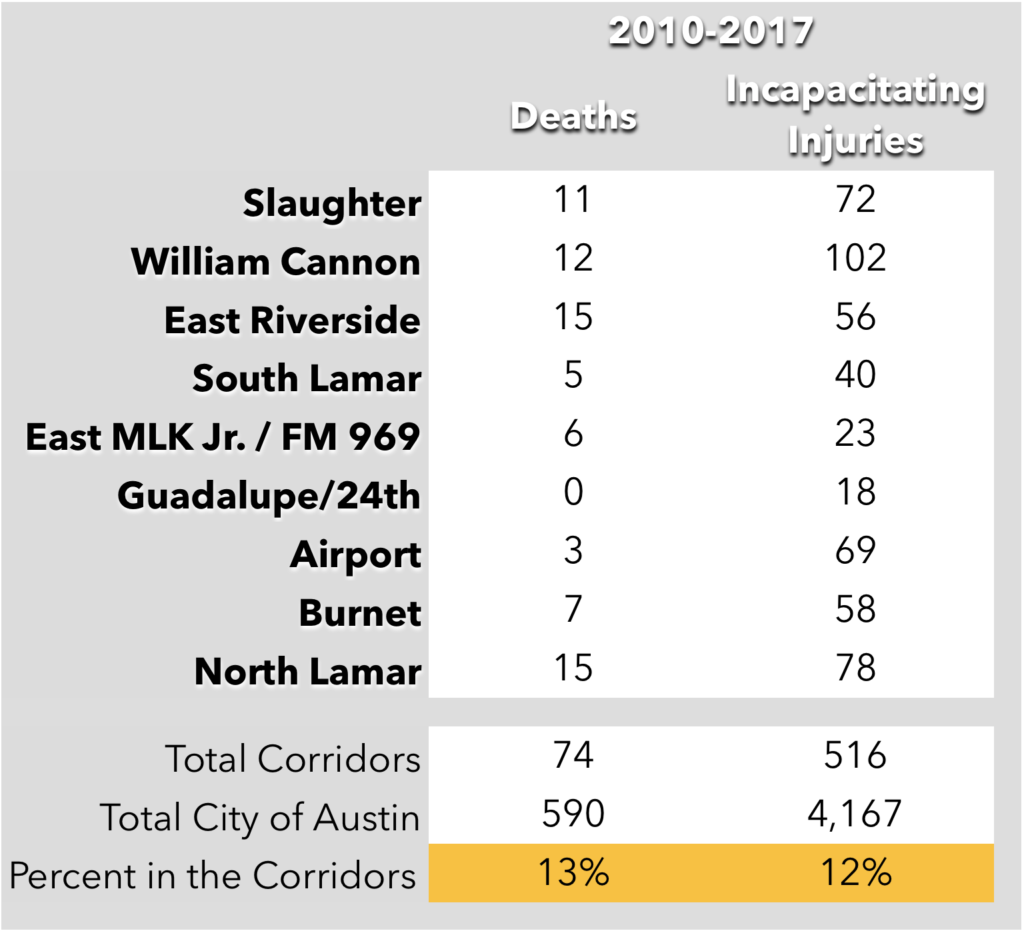
The Contract with Voters established for the 2016 Mobility Bond promises to “complete the proposed bond program within 8 years,” by 2024. Given that the city’s goal is to eliminate traffic deaths by 2025, it is reasonable to expect that the target of zero deaths is factored into the design and implementation of all corridor spending.
These are serious and achievable goals. The pedestrian and bike-heavy Guadalupe corridor has not seen any traffic fatalities from 2010 to today..
Guadalupe includes many features that contribute to this safety, among them, ever-present pedestrians and restricted left turns. However, it is not necessary to be adjacent to a university to achieve this level of safety.
Austin is a member city of NACTO, the National Association of City Transportation Officials. NACTO has published an Urban Street Design Guide that not only demonstrates how safe streets can be built, but also how to manage the transition to maximally safe streets from more traditional, more dangerous, street-road hybrids in otherwise urban environments.
The challenge in accomplishing these goals is in demonstrating a consistent commitment to transportation safety on every possible front- to reach zero deaths, all related efforts must be aligned and coordinated. Adopting a Vision Zero Action Plan necessitates that the city forgo conventional and politically expedient safety measures in favor of innovative, data-supported improvements.
Safety must be the top priority in all transportation policy decisions. Contrary to popular perception, urban roadway expansion does not increase safety or reduce congestion. Available evidence predicts only detrimental effects on congestion, the environment, affordability, and public safety.
A robust public transportation network is positively associated with every one of these factors. Reducing single-occupant vehicle trips and giving more people the freedom of meaningful options to walk, bike, and use transit reduces systemwide congestion, improves air quality and per-capita emissions, is more affordable, and is fundamentally safer.
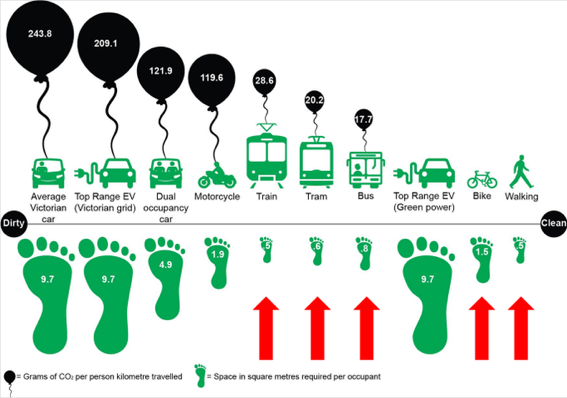
The relationship between Vehicle Miles Traveled (VMT) and traffic fatalities has been stable for the last ten years in America after years of gradual reduction. This plateau indicates that we are approaching the limits of transportation safety possible through the conventional, piecemeal reforms. To eliminate traffic deaths in Austin by 2025, the city must ensure robust, frequent, and comprehensive coverage of public transportation and embrace low- or no-carbon transportation options, while using modern, best practices of safe street design.
The social and economic costs of a dangerous and inefficient transportation network largely consisting of single-occupant vehicle trips are hidden and enormous. Ensuring compliance between the implementation of the Mobility Bond with the city’s Vision Zero Action Plan will result in a safer, more economically prosperous Austin.
Deaths and Serious Injuries on Each Corridor, 2010-2017
Click images to expand
